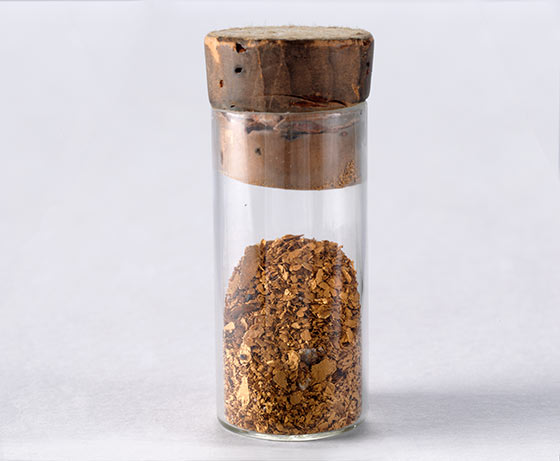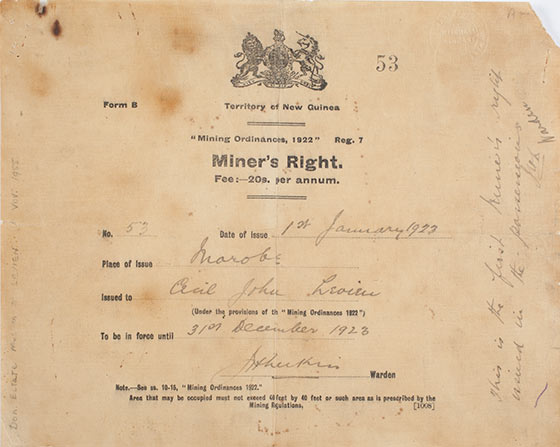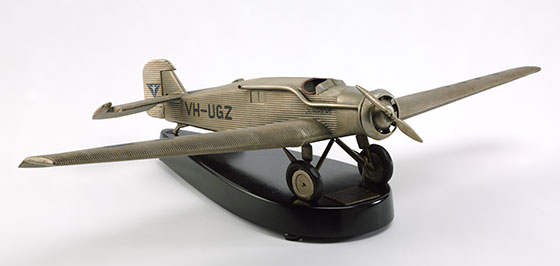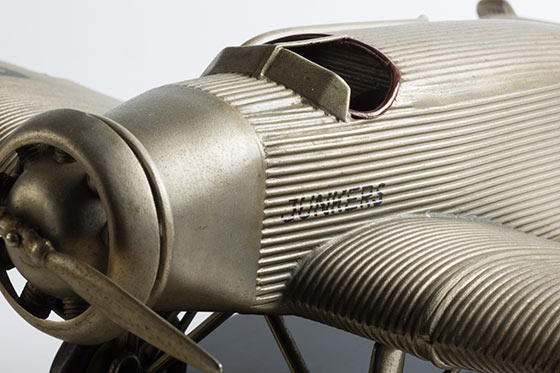Papua New Guinea: exploration for gold
For thousands of years the indigenous people of Papua New Guinea have mined and traded stone implements and ochre, and used clay to make pottery. Gold was first discovered in Papua New Guinea in 1852 as accidental traces in pottery from Redscar Bay on the Papuan Peninsula.
From their earliest sightings of New Guinea, Europeans assumed they would find gold. The geography of the landscape, rugged mountains, denseness of vegetation and the unknown interior seemed to convince explorers that there was treasure. A small amount of gold was found on the Gira river and on the Yodda trail near Kokoda in 1890. But it took until the early 1900s for the more successful gold discoveries.
At the start of World War One Australia took possession of the German colony of New Guinea, which was administered from Rabaul at that time. In 1922, New Guinea was made a Mandated Territory of Australia by the League of Nations. In the same year, a mining ordinance was put in place to legalise prospecting.
Australian Gold mine owner Cecil John Levien (1874-1932) took out the first miner's right issued in the Territory of New Guinea in 1923. In 1923-24 Levien took out leases at Bulolo flats.
Levien, was a District Officer in Buka and Morobe turned miner, and important in the process of making New Guinea significant in gold mining between World War One and Two. He was also instrumental in New Guinea's commercial aviation history.
Levien had trained at the Royal Military College, Duntroon, and served as a lieutenant in the military administration in New Guinea in 1919-21. He recognized that New Guinea might offer prospects for a better life. His access to German official records indicated that payable alluvial gold might exist in the Watut River area.
In 1919 Levien opened a new government station at Buka. In 1921 he organised his posting as district officer to Morobe, where southern tributaries of the Markham River had once again become a focus for prospecting. He carefully plotted all reports of gold, and was the officer-in-charge in 1922 when Park struck rich alluvium in Koranga Creek, which flows into the upper Bulolo River. His powers under the Mining Ordinance of 1922 gave him a unique opportunity to monitor the promise of the field. In 1923 he began quietly financing Park and his partner, J. Nettleton; he also acquired alluvial leases in his wife's name. Recognizing after some months the conflict of interest, he resigned from his position and on 31 December and took out the first miner's right issued in the Mandated Territory.
Aviation
Aircraft played an important role in the development of New Guinea. The finding of gold at Edie Creek in an inland mountainous inland region with no roads was also important in the development of air transport in New Guinea. When Bill Royal washed up the first dishes of gold from Edie Creek in 1926 it became obvious that there was a need for a faster and easier way to reach the gold mining area. It was an exhausting six hour trek to get supplies like rice and equipment like shovels into the camp. And to transport the thousands of ounces of gold out of the area.
After a year of gold production Edie Creek was wealthyand popular enough to support an airstrip and planes. In 1928 the first planes were shipped from Australia. Another important date in prospecting and gold mining came in 1927 with the first Lae to Wau(near Edie Creek) aeroplane flight.
Cecil Levien also became a director and major shareholder of Guinea Airways Limited, New Guinea's pioneer aviation company. Originally started under the name Guinea Gold, with a DH37 biplane called 'Old Faithful', Guinea Airways Ltd was registered on 4th November, 1927.
During the next few years the company was to become the world's leading freight operator, carrying huge loads by 1930 standards, including complete motor cars. With a fleet of 4 aircraft Guinea could carry around 16 tonnes a day.
In February, 1937 Guinea Airways commenced a weekly service between Adelaide and Darwin, and for a short time operated from Adelaide to Sydney, but this route was abandoned when the Darwin service increased to 3 times a week.
From 1932, Bulolo Gold Dredging, floated by a precursor of the international Canadian gold mining company Placer Dome, constructed eight dredges at Bulolo and Wau from dismantled parts flown in using three Junkers aircraft. This resulted in a total airlift of 39,417 tons of freight, for production of 1.3 million ounces of gold, until the planes were destroyed by Japanese fighters in 1942.
The use of Junker planes allowed the exploitation of the Morobe Goldfields and assembly of the huge gold dredges on Bulolo flats.
Dredging for gold at Bulolo began on 21 March, 1932, with all of the heavy dredging equipment transported in pieces by Junker planes flying from the port city of Lae. In the year ending 1932 Guinea Air carried 3947 tons of freight, a larger amount than the combined total for France and Germany over the same time.
Dredging operations were interrupted by the war in 1941, and were not resumed until six years later. Gold production in 1952 amounted to 122,035 ounces, valued at £1,311,241, and constituted 77 per cent of the gold produced in New Guinea in that year. Almost all of the mining in PNG has been gold mining.
Geological map of the Territory of Papua / by Evan R. Stanley; drawn in the Northern Territory Branch, Department of Home and Territories.1923 Map 921.3/1923/1
Further reading
Drew, Philip Leaves of Iron Glen Murcutt: pioneer of Aiustralian Architectural Form Harper Collins, Sydney, 1985
Nelson, Hank Taim Bilong Masta, The Australian involvement in Papua New Guinea Australian Broadcasting Commission, Sydney 1982



